Reestablishing the ancient coral reefs of the island are the aim of a pioneer project underway to revitalise our shores
Working to understand the marine environment of Cyprus, once local scientist is now hoping to improve it to a degree through pioneering pilot research restoring local corals through the creation of coral nurseries on the east coast.
“Climate change is one of the threats, but climate change has been going on since the beginning of time. Change is part of the nature of almost everything, it’s how humans were created. It’s how we got this environment, by change; evolution is practical change,” says senior associate researcher and head of the Marine and Coastal Ecosystem Center, part of Cyprus Maritime and Marine Institute (CMMI) Louis Hadjioannou.
“And it’s not necessarily a bad thing; the problem isn’t climate change, it’s what we now call climate crisis, which is basically climate change sped up. The change is fast now. The rate is so fast that there’s not enough time for species and habitats to adapt to this change, that’s the problem.” People, he adds, have played a huge part in provoking this change.
CMMI has nine centres and is funded by the European Commission and the government. “The institute covers the needs or rather the gap of knowledge and research and innovation in the sector of marine and maritime,” says Hadjioannou.
Hadjioannou’s Nicosia-based team thus focuses on understanding and identifying what the marine environment in Cyprus is going through. “By that I mean what’s happening with respect to direct and indirect threats, challenges and stressors that we’re undergoing in our part of the world, in the eastern Mediterranean, in the Levantine sea. We focus mostly on habitats and species that are considered important and a priority and which we know are more vulnerable and many times more endangered from these threats,” he adds.
The biggest problem faced by the sea is the increase in water temperature. “In the same way that we’re experiencing heat waves on land, marine is experiencing the same and these heat waves create stress to almost all organisms and in particular to very sensitive organisms that are also key habitat forming species, such as corals,” Hadjioannou explains. “Most people don’t know that we have corals in Cyprus, not to the extent that you find them in the tropics.” Thousands of years ago the island too had spectacular coral reefs
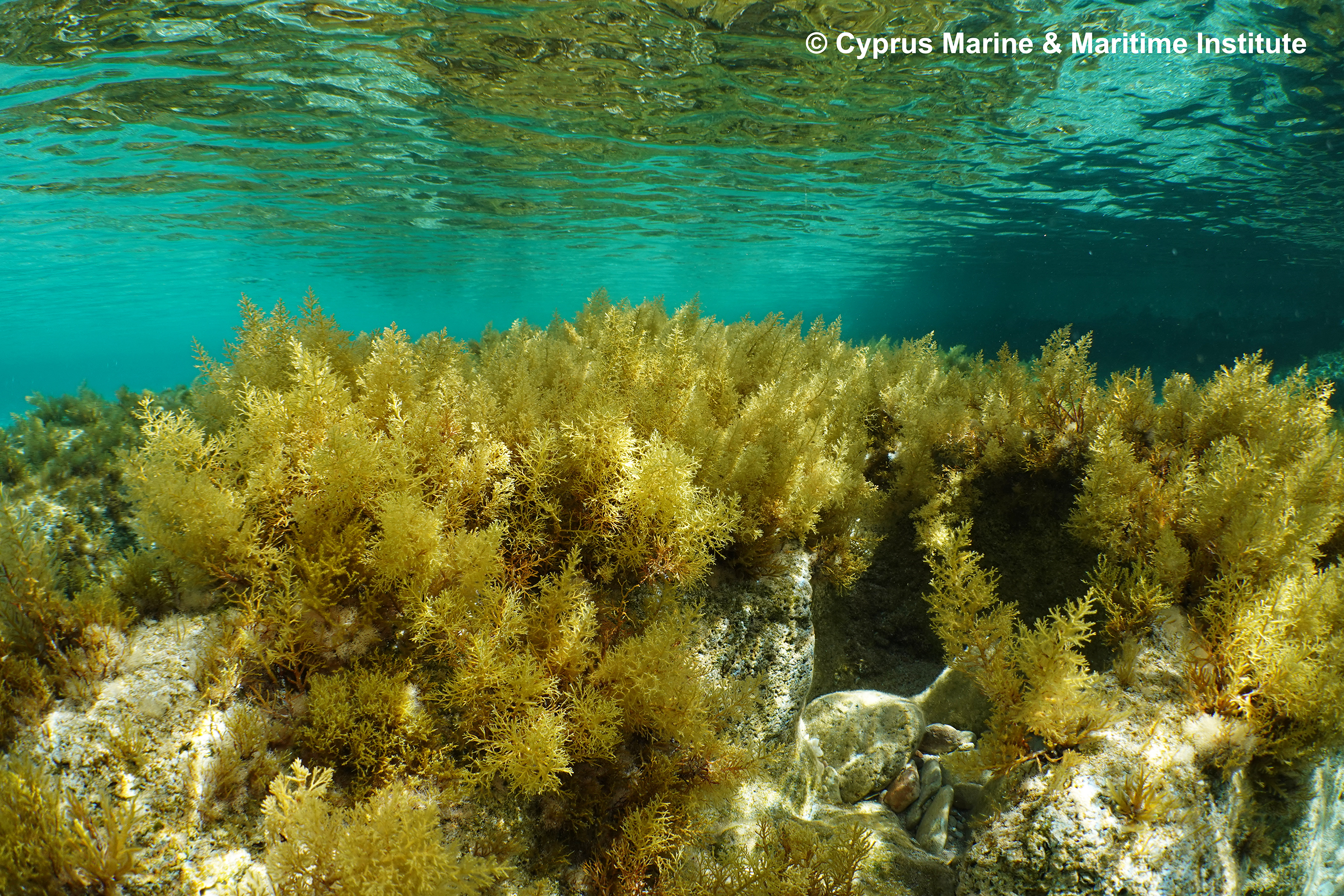
This is where the pilot project comes in. The cushion coral (Cladocora caespitosa) used to form large reefs on the island, as shown by fossil records. “It’s an endemic species to the Mediterranean, and it’s the only one that is able to build large bio constructions. It’s a habitat builder species that can support high biodiversity with all the benefits that come with that,” says Hadjioannou. “It used to be found all over the Mediterranean but now it’s only found fragmented, scattered in different locations, including Cyprus.”
There are a few localities on the island where it is possible to find relatively large communities. “However, in the last 20 years, all over the Mediterranean and in Cyprus as well, we’ve been monitoring these communities and we’ve been recording a decrease in the healthy tissue of this species and basically a decrease in the number of live colonies.”
The dying off of the species has been linked to abnormally high sea surface temperatures, with the temperatures affecting the species directly, a phenomenon that has been recoded both in the lab and the natural environment.
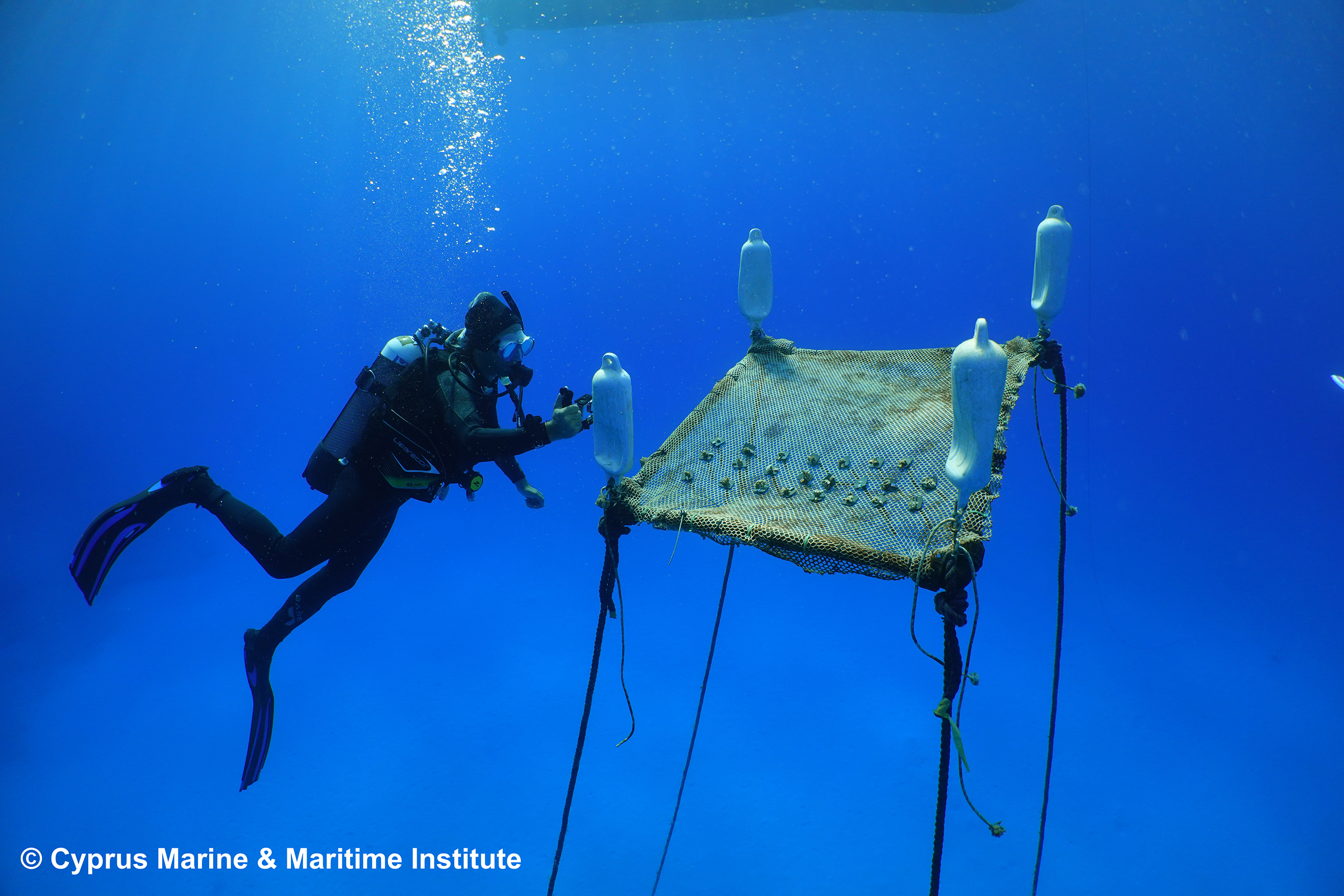
The pilot began in July with Hadjioannou and his team initially trying to restore the species by experimenting with a particular method (floating nurseries) that has been used outside the Mediterranean successfully. “We were trained on how to build these floating nurseries and now we’re basically implementing it,” he says. “We built two floating nurseries, one at the Cape Greco Marine Protected Area and the other nearby. It’s small scale, so it’s an experiment, it’s the first time that floating nurseries are being used in the Mediterranean, so we’re hoping that it will be successful,” he adds.
Essentially, the team collects already affected and fragmented pieces of coral from their natural habitat, and attaches them to the floating nursery, monitoring them for a year before transplanting them to new sites within marine protected areas, and then monitoring them for a few more years to establish whether the methodology was successful. “We want to see whether they will remain, first of all alive on the floating nurseries and how much they will grow, whether the growth will be faster because there’s a hypothesis that on floating nurseries they grow faster and more robustly than by transplanting them into proper areas. This gives a boost to establishing new communities in areas where either they used to thrive in the past and disappeared or maybe even in new areas so that they’re more protected from various dangers.”
Most of these healthy communities are, fortunately and unfortunately, found in areas of high aesthetic value and also used by the tourism sector. “The unfortunate thing is that most people are ignorant,” says Hadjioannou. “In Cyprus they’re found in very shallow areas, on the rocky substrate in areas where tourists might even jump on them unknowingly. So we also need to do a lot of communication and ocean literacy, disseminate this information to the public so that they’re aware but at the same time you run the risk of having people going to see and attracting a small percentage of the population that are drawn to remove them either to put them in their aquariums or even selling them.”
Ideally, Hadjioannou advocates that these areas should be limited to access. “That requires a lot of policy making and government support. Thankfully we have good collaboration with the Department of Fisheries and Marine Research who support us and gave us permits for all of our research for the floating nurseries.”
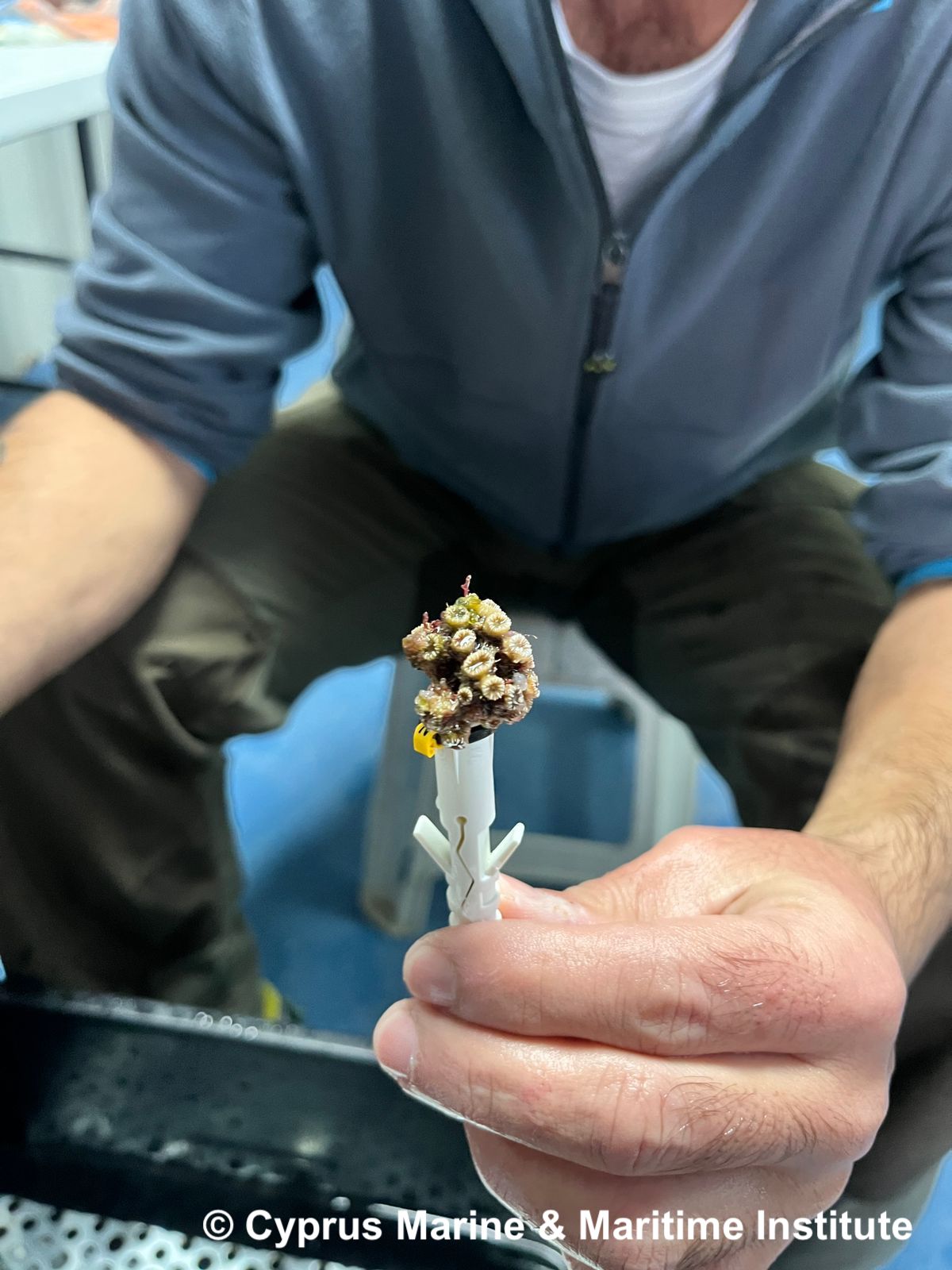
And, the preliminary results are promising says Hadjioannou. “The aim is to scale up in Cyprus and why not transfer some knowledge to other areas of the Mediterranean so that we can do a larger scale up.”
The institute is also working on parallel projects to complement the floating nurseries. “In the Mediterranean, and in Cyprus in particular in the eastern part, we also have reefs made from other organisms, not just corals, and there are particular reefs called vermetid reefs right on the surface of the water, and people ignore their existence. We also started working on these reefs through a different project where we have the opportunity to study not just the temperature factor which is a result of climate change but also many other threats, also affecting the corals and the whole marine environment.”
The threats he refers to include ocean acidification either in the form of persistent organic pollutants or oils from engines of the maritime sector or from suntan lotions, as well as pollution from many other factors, noise pollution for instance is also a big issue, alien invasive species is another and last but not least, marine litter such as plastic, heavy metals. The list goes on. “We will be studying all these threats and aim to understand the past, present and future of the shallow reefs and associated bioorganisms.
“Looking at their current status, but first to looking at the past, we will take core samples of the actual reefs as well as water samples and we will analyze them to see what the situation was in the past with respect to pollutants (threats) and what kind of organisms used to exist, what the temperature was and other physical and chemical parameters.” In a nutshell, the team will reconstruct the past and establish what the current situation is through the collection of water and biotic samples and look into potential bioaccumulation of these pollutants (threats) in these organisms.
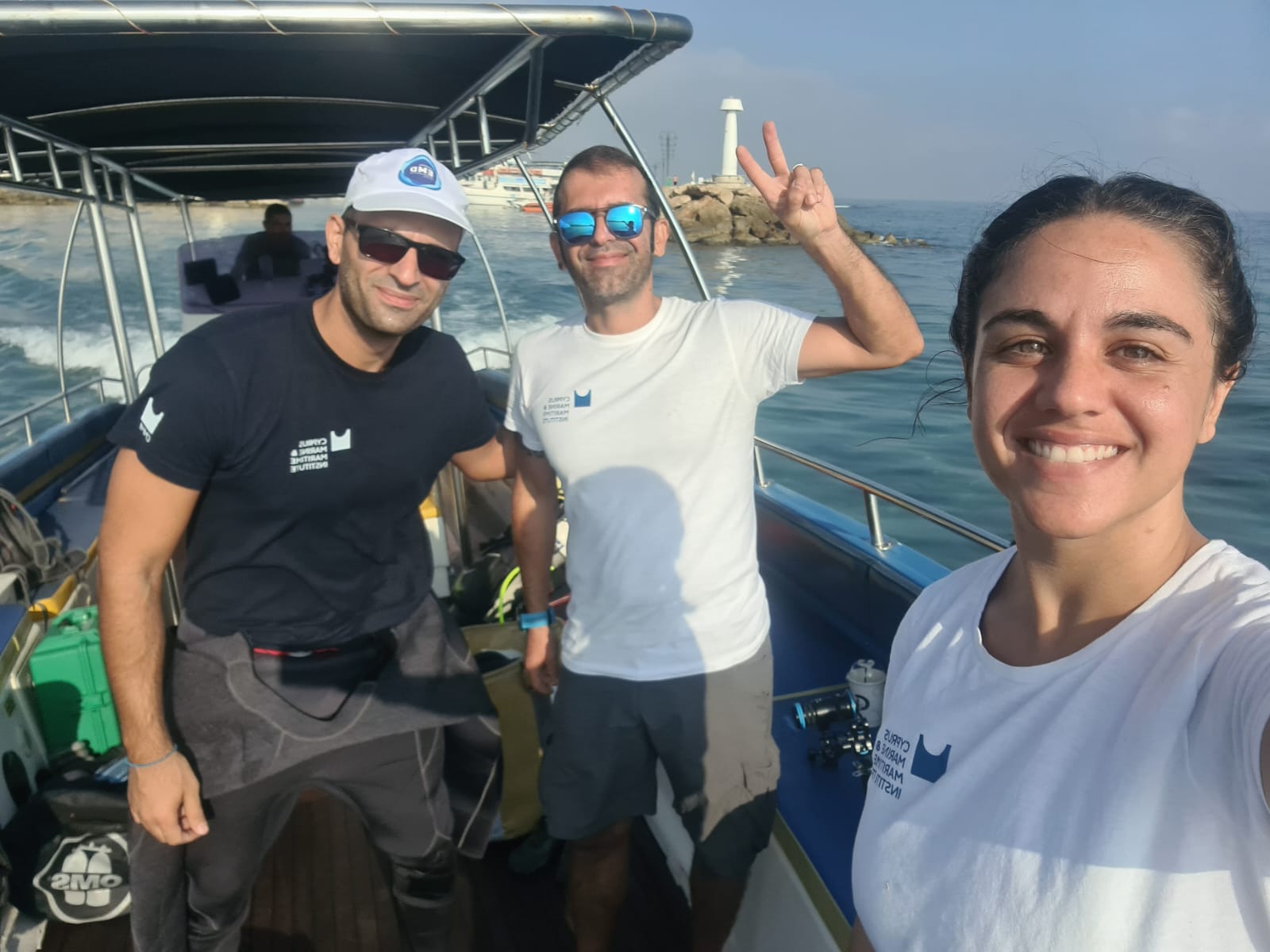
“The simplest example is the heavy metals that are known to affect marine organisms and subsequently human health because of bioaccumulation. Imagine a small organism consuming something with a small amount of heavy metal; through the trophic chain one organism eats another and you end up with large fish eating smaller fish, lots of smaller fish being consumed with small amounts of heavy metals that ends up with humans having a bioaccumulation of large amounts of heavy metals. The same applies with all the pollutants including marine litter,” says Hadjioannou.
“Once we know all of this we will do a forecast of what will be the situation in 50 or 100 years time and we will do experiments in the aquarium where you reconstruct the marine environment as much as possible and then play with parameters; if we believe that in the future the temperature will be two to three degrees higher or if we believe that salinity will be different or if we believe that pollutants will be at a certain level, we will reconstruct that in an artificial environment and see what happens to the organisms. And we will have an idea of what will happen. Part of the project is to propose management measures, without those it’s just research. You need to do communication with the public and all stakeholders but most importantly with policy makers. It’s an important project that hasn’t been done in Cyprus before, and we expect to do a lot of ground-breaking research.”

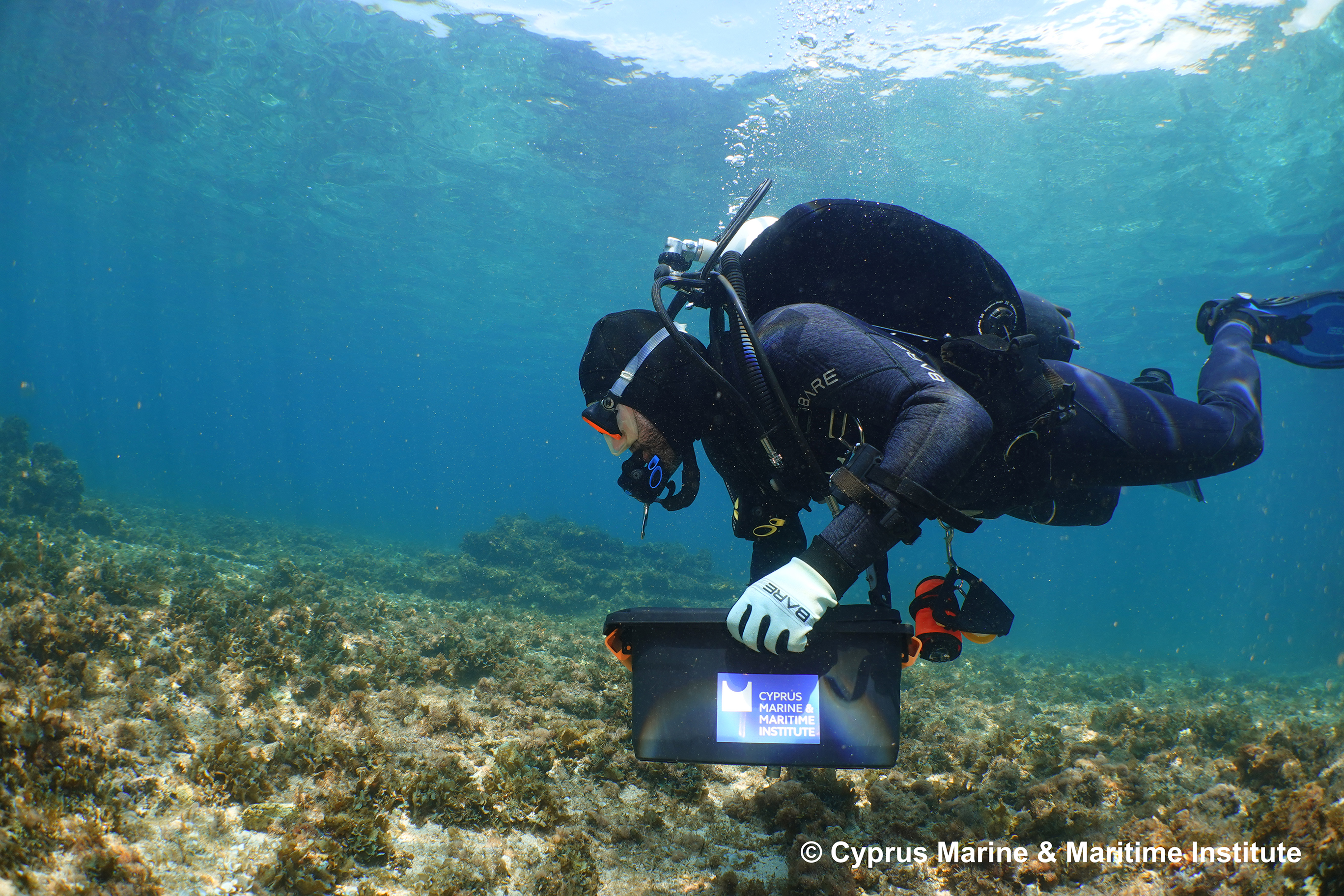
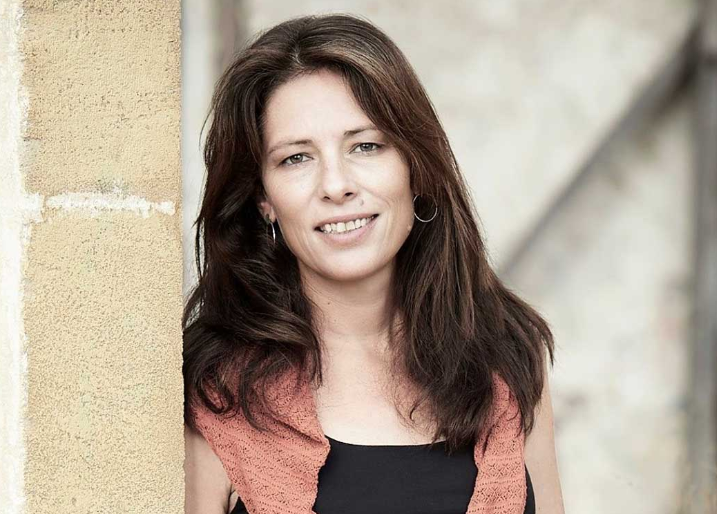




Click here to change your cookie preferences